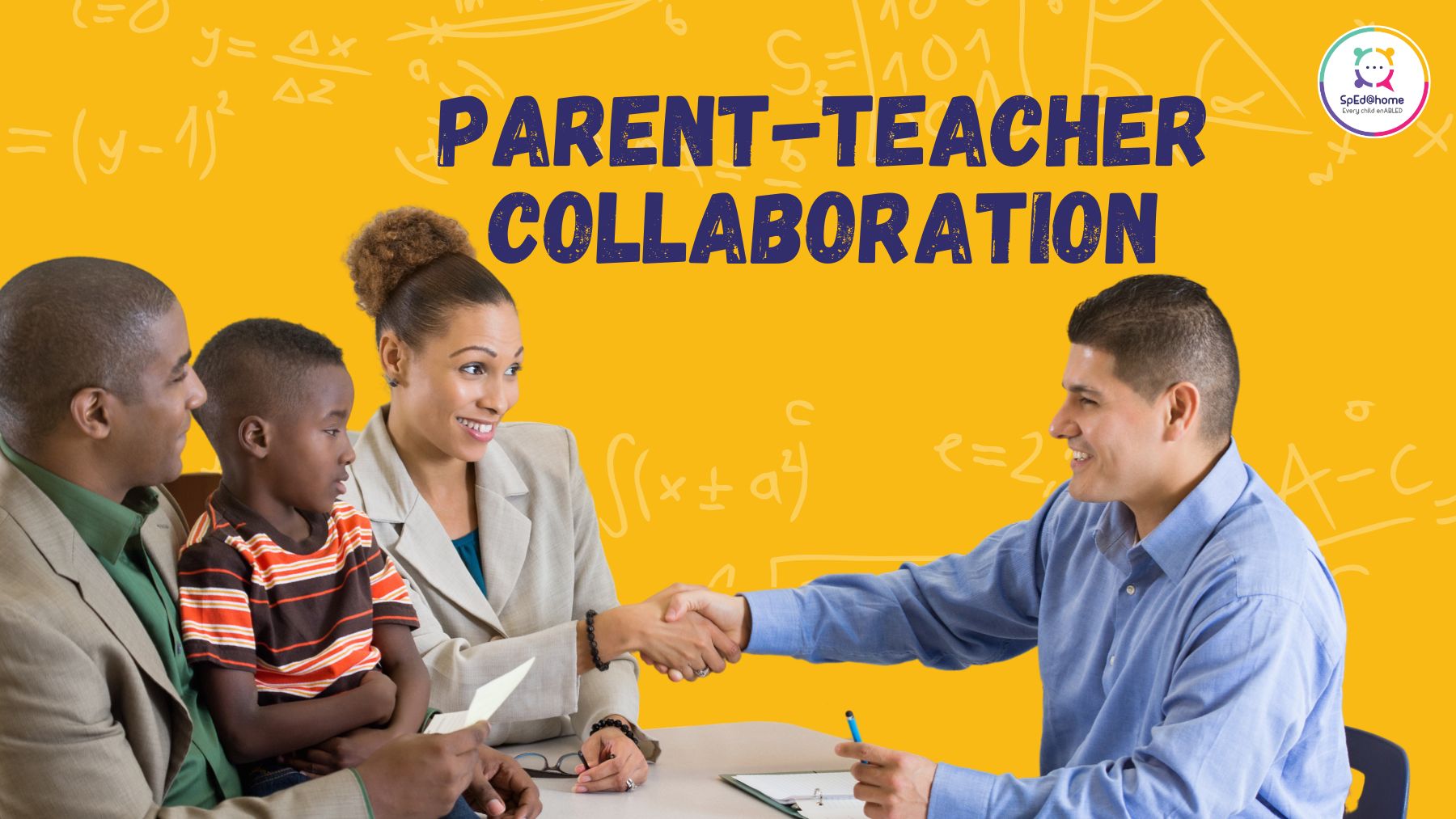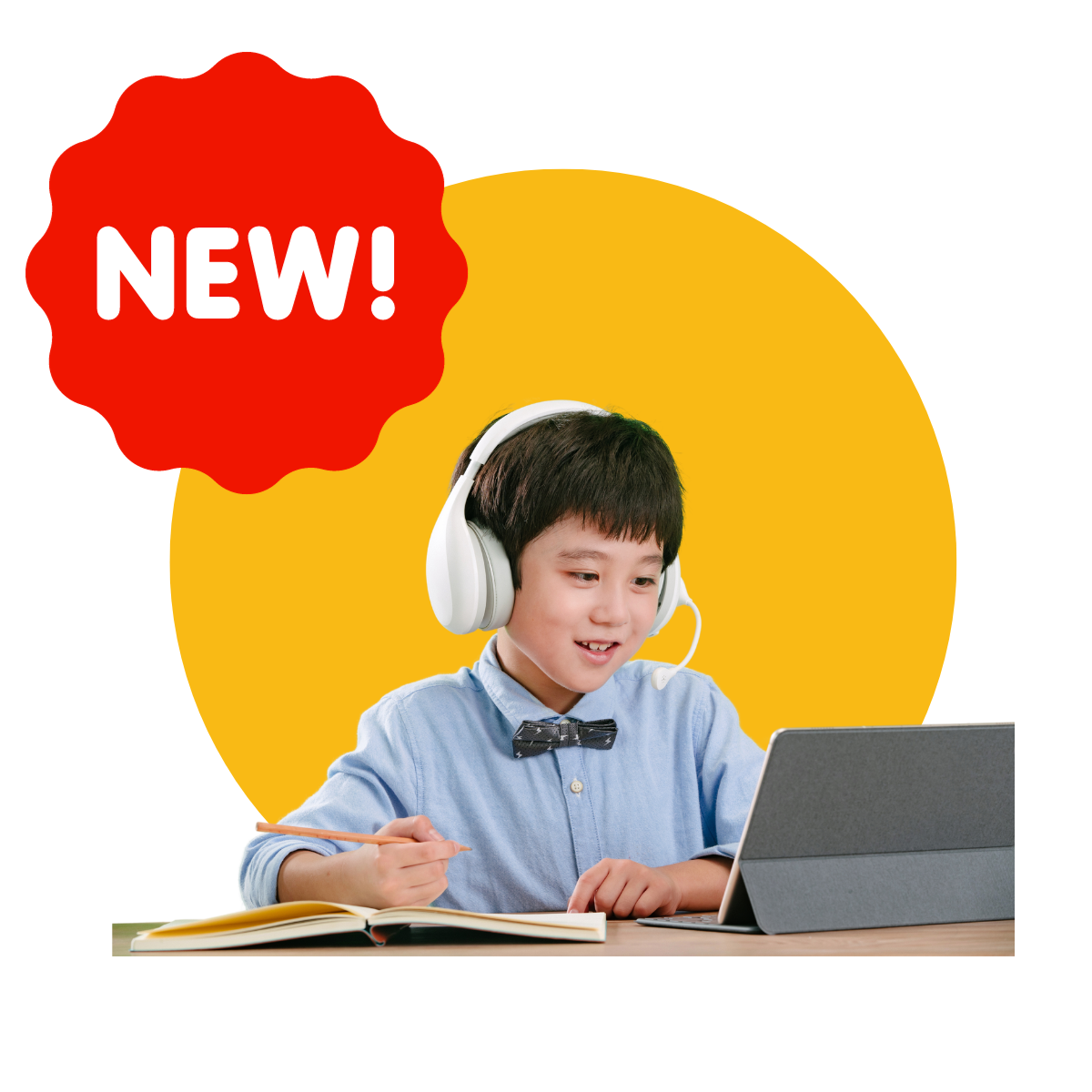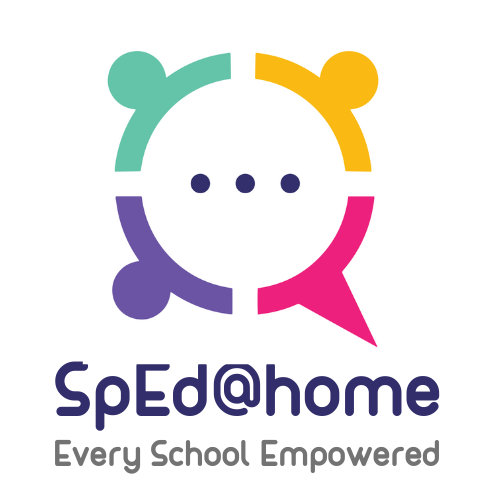The severity of Parent-teacher interactions depends solely on the performance of the child. If the child is performing well, these interactions can prove to be lovely. On the other hand, if the child is performing poorly, these interactions can be quite tense, especially for the child. The intensity takes a leap if the ward is a child with differential needs. Additionally, if the teacher has to notify the parents that their child maybe showing signs of a learning disability, parent-teacher interactions can be even more challenging. Special Educators are trained for such intense interactions, however, it is both the parties – parent as well as the teacher or educator that need to bring in the best approach for the best outcomes.
Read on to take a look at some tips that can make these interactions productive and ensure an inclusive environment for the child.
Schedule the right time: Schedule the parent-teacher meeting for a time that is convenient for both parties. This ensures that both sides are relaxed and expecting a smooth conversation. Especially when talking about a sensitive topic like a conversation about their child’s learning disability, it is prudent to have sufficient time at both ends. Asking for a last-minute meeting could end up in a tense discussion or misunderstanding. Another important aspect of a PT interaction is ensuring complete privacy so that the parents can discuss their concerns freely.
Stick to facts: When bringing the symptoms of the child’s potential learning disability, it is ideal to stick to facts. Steering the conversation into hypothetical scenarios could make the parents upset or defensive. If it is possible to show the child’s behavioral concerns through written examples, do so for a better understanding of the same
Keep the conversation positive: When setting the tone of the PT interaction, ensure you start on a positive note and use genuine case studies/examples to put your point forth. Mention a positive development about the child before moving on to the points of concern. Break the seriousness of the conversation by extending support and offering them help by providing resources and access to resource information..
Teachers and educators should remind the parents that identifying the signs of behavioral disorders at the earliest makes it possible to help the child in a timely manner. Also, go ahead and provide them with genuine reading material and online support so they can familiarize themselves with their child’s difficulties and take timely steps to arrest them.














